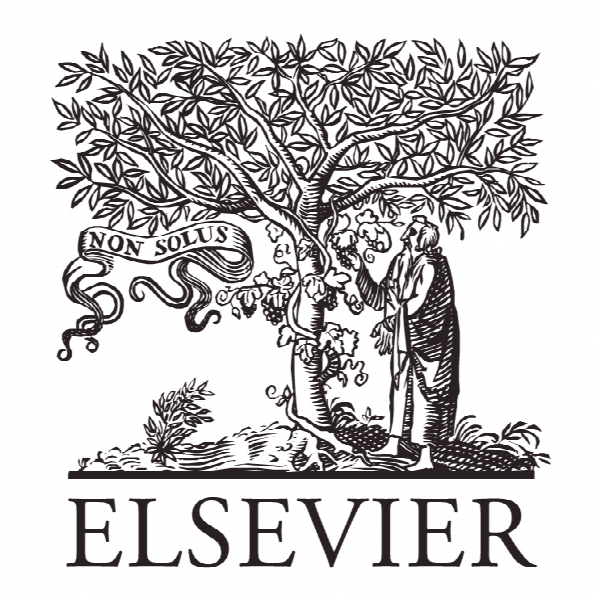تصمیم گیری چند معیاره برای انتخاب ترکیب مواد در فرآیند متالوژی پودر Multi Criteria Decision Making For Selection Of Material Composition For Powder Metallurgy Process
- نوع فایل : کتاب
- زبان : انگلیسی
- ناشر : Elsevier
- چاپ و سال / کشور: 2018
توضیحات
رشته های مرتبط مهندسی مواد، مهندسی صنایع
گرایش های مرتبط مهندسی مواد و متالوژی، برنامه ریزی و تحلیل سیستم ها
مجله مواد امروزی: مقالات – Materials Today: Proceedings
دانشگاه Department of Mechanical Engineering – SVERI’s College of Engineering – India
منتشر شده در نشریه الزویر
کلمات کلیدی انگلیسی Selection of material; TOPSIS; powder metallurgy
گرایش های مرتبط مهندسی مواد و متالوژی، برنامه ریزی و تحلیل سیستم ها
مجله مواد امروزی: مقالات – Materials Today: Proceedings
دانشگاه Department of Mechanical Engineering – SVERI’s College of Engineering – India
منتشر شده در نشریه الزویر
کلمات کلیدی انگلیسی Selection of material; TOPSIS; powder metallurgy
Description
1. Introduction Powder metallurgy (P/M) forms close net shapes segments which minimizes the assembling steps. In powder metallurgy, pieces was delivered by blending distinctive metal powders, compaction and sintering at hoisted temperature. Likewise, unique powders can be effortlessly added to each other that gives plentiful shot for advancement of materials. For product development the material selection play vital role. Improper selection of material may result in failure to fulfil customer and manufacturer requirements [1]. Proper selection the materials give best performance with minimum cost [2]. Blends of essential iron and graphite powders has ordinarily utilized for P/M application. The expanding graphite content growths pearlite volume part in iron powder metallurgy [3]. A little measure of copper powder was included in blend to reinforce the sintered compounds. The expansion of copper and graphite brought about great quality and hardness which was seen in microstructural advancement [4]. Additionally, copper gives better dimensional security after sintering [5]. The increment in carbon brought about expanding hardness with decreasing elasticity [6]. Copper is the essential alloying component because of its solidifying impact [7] and somewhat decreases the strength because of presence of austenite in the quenched steel [8]. Due to such different effect of alloying material, it’s hard to select proper composition in powder metallurgy. Various researchers proposed different material selection theories such as technique of order preference by similarity to ideal solution (TOPSIS) , gray relational analysis (GRA), ELECTRE (Elimination Et Choix Traduisant la REalite), VIKOR (VIsekriterijumska optimizacija Kompromisno Resenje), and COPRAS (Complex PRoportional Assessment). Dagdeviren et al. [9] suggested the TOPSIS for the selection of optimal weapon. Prasenjit et al. [10] used Preferential Ranking Methods to solve material selection problem. R. Khorshidi et al. [11] carried out comparative analysis for materials selection in Al-SiC composite by using TOPSIS and PSI Methods. Deng Y-M et al. [12] explained the role of materials identification and selection with multi criteria decision method. R. kumar et.al [13] selected of nitride steel as best material for required application by using TOPSIS method. In this paper TOPSIS method is used for proper selection of percentage of carbon and copper for powder metallurgy process using technique of order preference by similarity to ideal solution from the available alternatives. The aim of this paper is to propose a method to select material composition for industrial application. Tensile Strength (TS), Hardness (HD), Dimensional Change (DC) and percentage Elongation (EL) are the criteria for material composition selection for different carbon and copper percentages.


